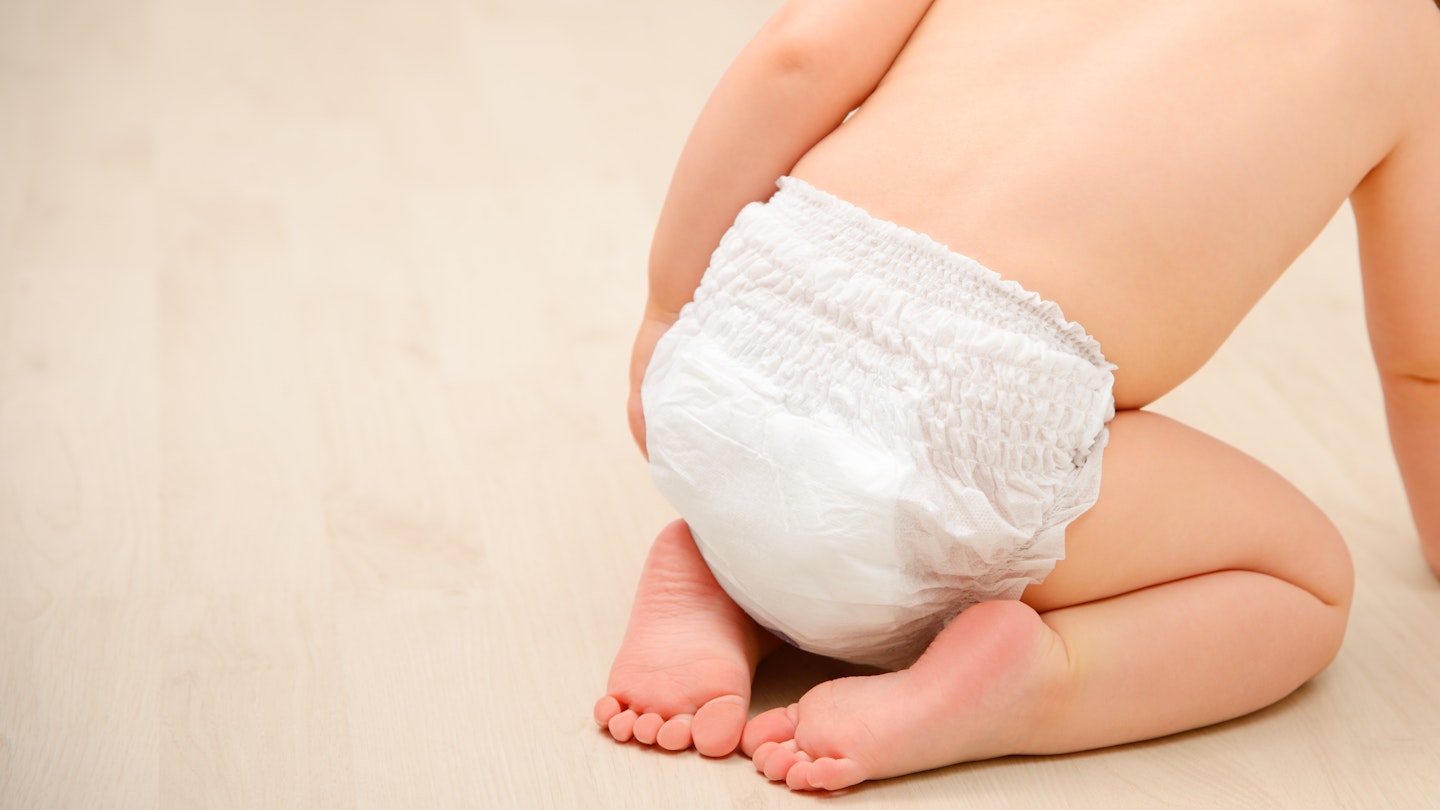Although nappyrashis a very common problem for babies and newborns, it can cause lots of tears for both parents and babies, so it's important to determine thetype of rash and how best to treat it.
To help you understand more about nappy rash, we've teamed up with a number of experts, to help you learn more about the different types of nappy rash and how to treat it.
What is nappy rash?
There’s nothing cuter than the soft dimpled skin of your baby’s little bottom. But it’s very easy for this delicate skin to become chapped and irritated, leaving your little one – and you – thoroughly bummed out.
‘Your baby’s skin is 30 per cent thinner than yours, making it incredibly sensitive to anything it comes into contact with. So, combined with nappy-wearing, it’s no wonder she might get sore,’ explains dermatologist Dr Cairine Wilkinson. One solution doesn’t fix all sore bums though: with a little know-how, you can both prevent plenty of nappy-rash bouts, and sort the rest quickly.
If your baby’s bottom is looking red and sore, there's no need to instantly think ofeczema and dermatitis. It’s probably a simple nappy rash – a skin irritation that most babies will have at some point. ‘It’s likely to occur between nine and 12 months,’ says health visitor Anne White.
Causes of nappy rash
In most cases, nappy rash is caused when your baby’s skin becomes irritated due to prolonged contact with faeces and urine. ‘Over time, the urea and nitrogen in his waste react together to form ammonia – creating that distinct wee smell – which then irritates his skin,’ says Dr Griffiths.
Most babies will get nappy rash at some point. If your baby has diarrhoea, this may cause nappy rash, while poos and wees after very acidic foods like fruit can also inflame skin. Sometimes the rash can be caused by a yeast called candida, which thrives in moist, warm areas like the nappy.
‘It can also be triggered by an allergy to the chemicals indisposable nappies, such as sodium polyacrylate, which is the absorbent gel, or the fabric conditioners used to wash reusable ones, so try different types and brands,’ says Anne.
The three type of nappy rash
-
Mild nappy rash: Common-or-garden everyday nappy rash looks red, sore and appears almost shiny. Your baby won’t seem any different to her usual happy self. Change her nappy more often than normal, keep her bum clean by gently dabbing with warm water and cotton wool rather than rubbing, and let her skin dry completely before applying an emollient or antibacterial cream, and the rash should clear up in two to three days.
-
Candidal nappy rash: A stubborn nappy rash which refuses to go away with the usual treatment may be a candidal rash. Warm, wet places such as inside a nappy, provide the perfect environment for the yeast called candida to grow. A fungal rash looks similar to a normal nappy rash, but it’s bright red and scaly, as well as slightly raised. Make an appointment with your GP who may recommend an antifungal or mild corticosteroid cream.
-
Bacterial nappy rash: If your little one is uncomfortable and has a rash that is weeping or has a yellow crust, she may have a bacterial nappy rash. ‘This develops when the skin has broken while your baby had a mild nappy rash, and bacteria has entered the skin, leading to an infection,’ says Cairine. Make an appointment to see your GP, pronto.
Six ways to combat nappy rash for a happy bum
Nappy Rash
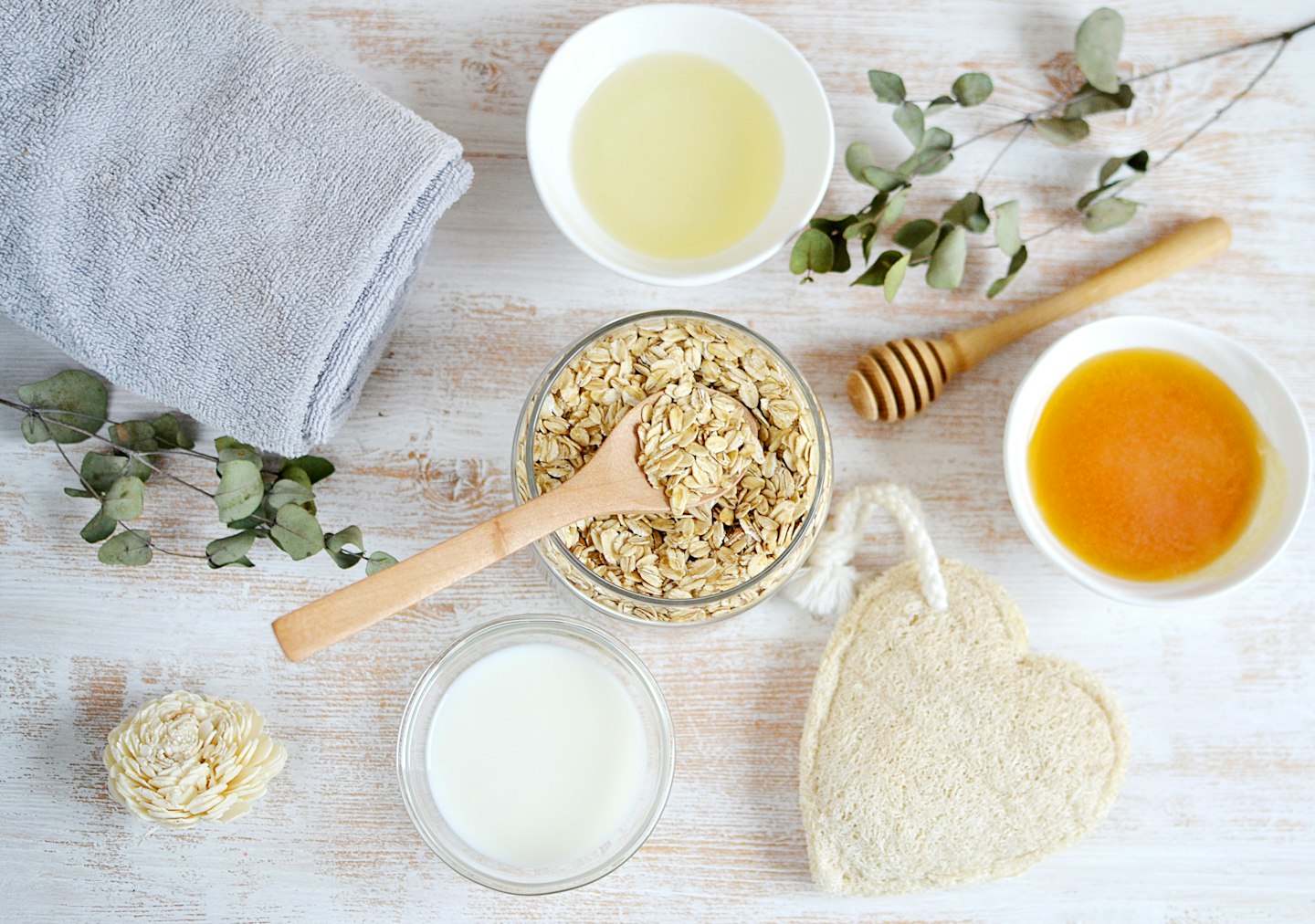 1 of 6
1 of 61) Run an oat bath
Oats are full of antioxidants that soothe skin irritation and inflammation. To make a fast oat soak for your tot, blitz 100g oats into a fine powder. Test that the oats are fine enough by adding a small amount to a glass of warm water - they should dissolve and turn the water a milky white colour. Add to your baby's bathwater and stir until dissolved.
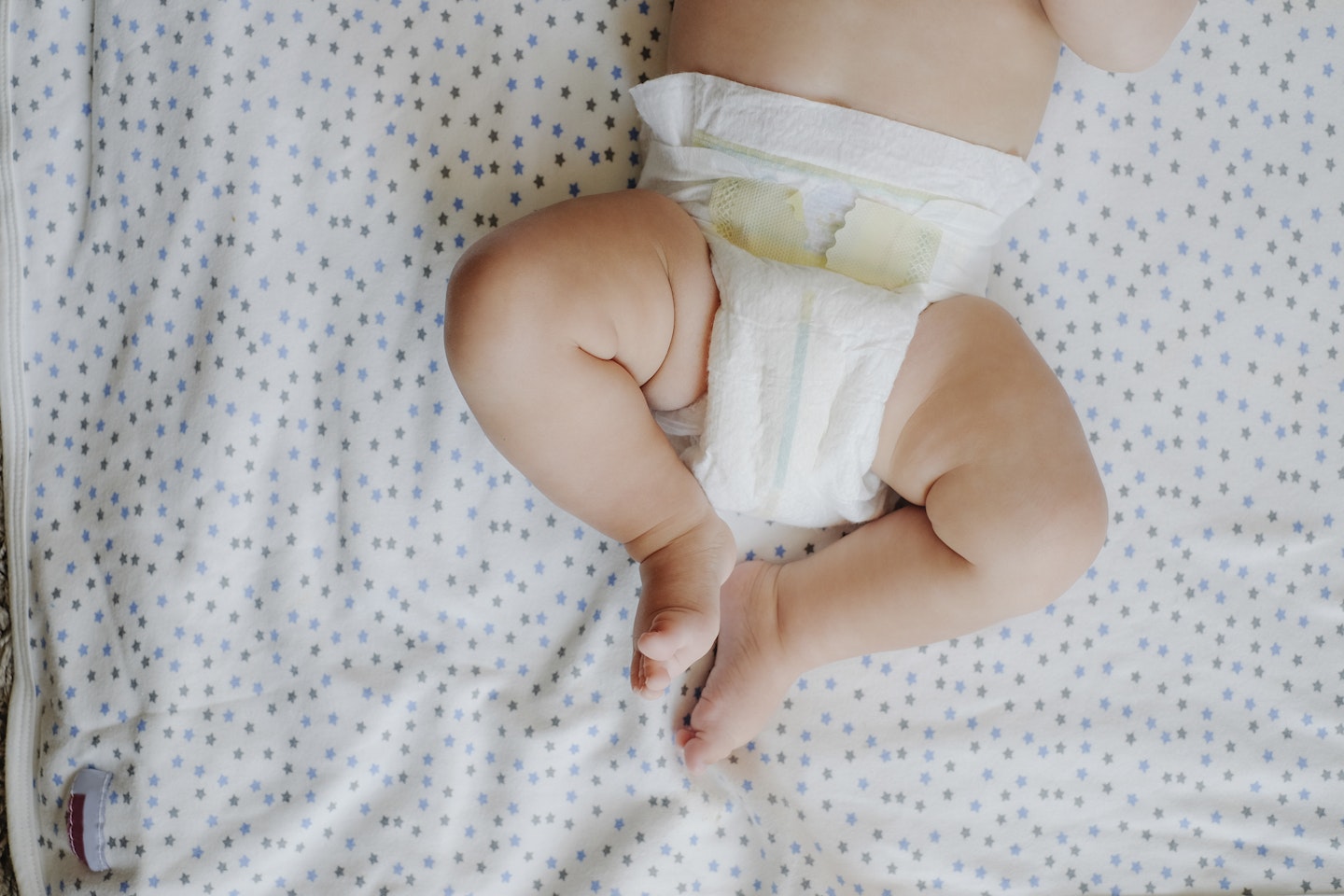 2 of 6
2 of 62) Go premium
Budget nappies are brilliant, and can be as kind to your baby's bottom as they are to your purse, but if you're finding it hard to keep your tot's bum rash-free, then it's worth paying extra for an über-absorbent nappy for nighttime. Using one or two nappies a night, the pack will last for ages!
 3 of 6
3 of 63) Experiment with nappy brands
As your tots gets increasingly mobile, it's inevitable that the friction between her nappy and her skin increases, too. Just as some brands of jeans fit your bum like a glove, some nappy brands suit certain baby body shapes more than others. If you spot any signs that a nappy rubs, pinch a nappy from all your mum-friends and see if another fits your tot better.
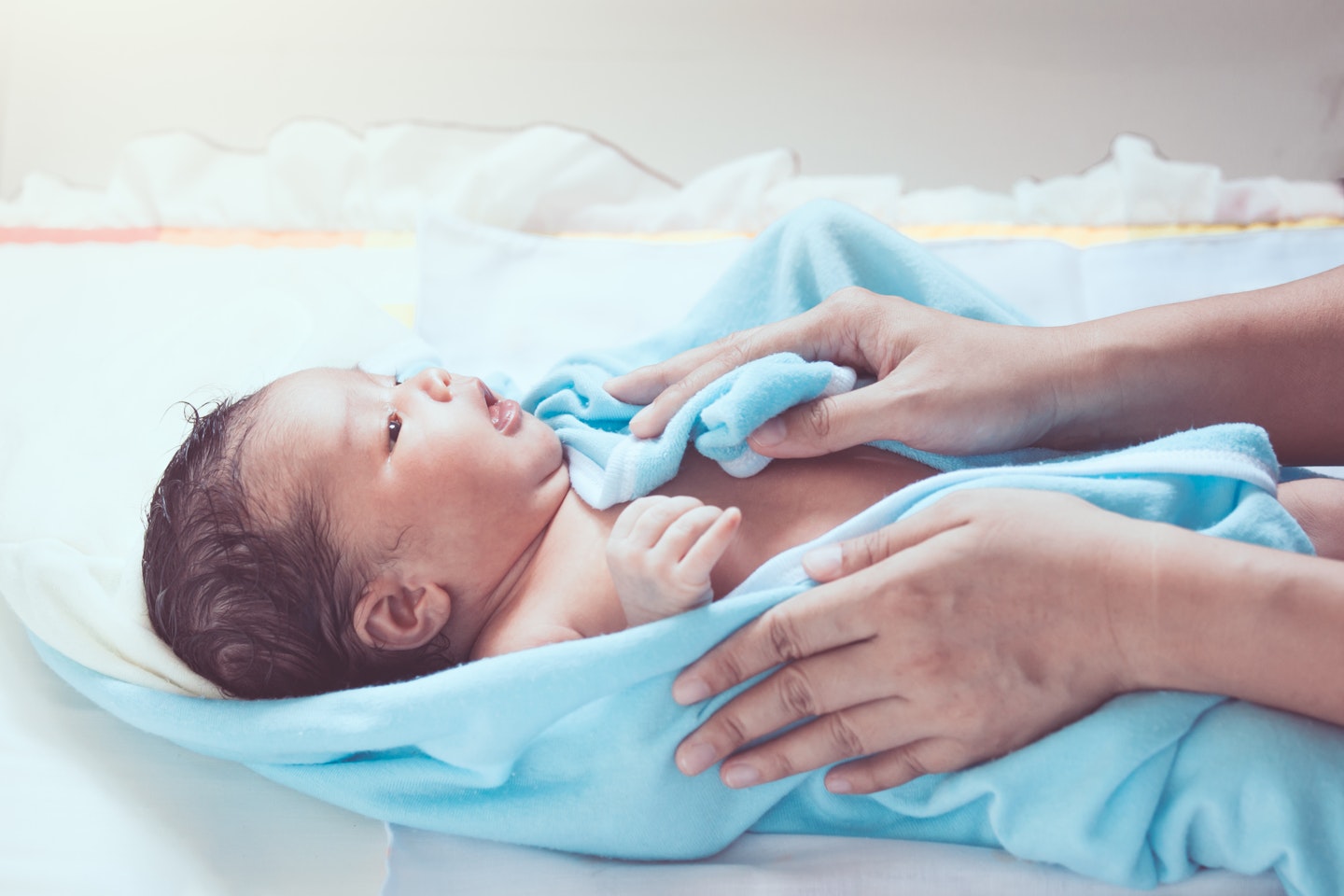 4 of 6
4 of 64) Pat her dry
Post-bath, get into the habit of gently patting, or just holding the towel against your tot's skin, rather than rubbing it dry. Lay her on her tummy so you can dry those chubby creases where water may be trapped, too.
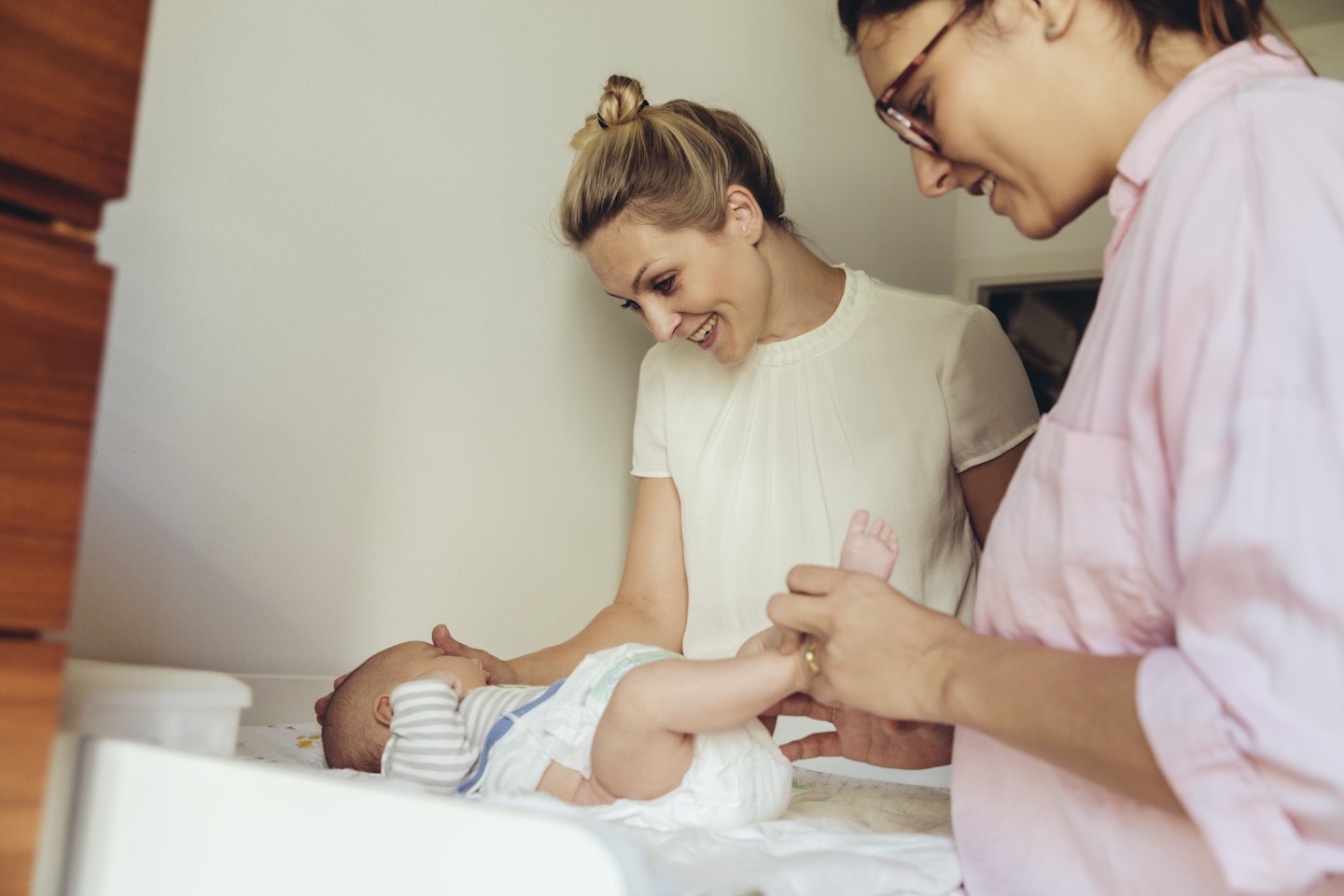 5 of 6
5 of 65) Synchronise
If anyone else changes your little one's nappy, check their changing routine matches yours. If you know you're using the same products and ensuring she's dry, this consistency makes it so much easier to pinpoint a problem.
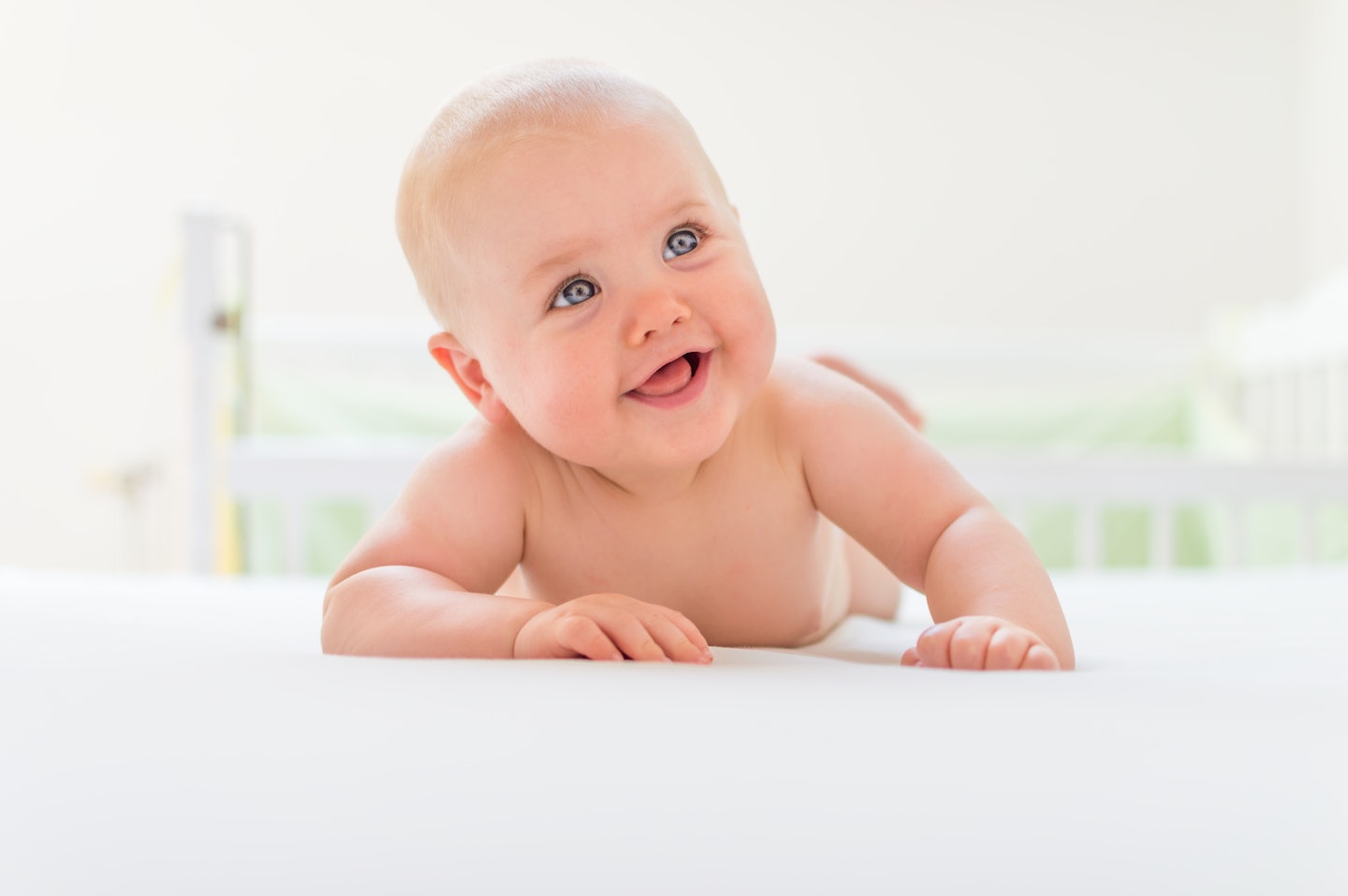 6 of 6
6 of 66) Ditch the nappy
Giving your baby as much nappy-free time as possible will allow the fresh air to get to her skin, and keep it as dry as possible, while giving it a break from the friction of a nappy. A washable playmat where she can play with a bare bum is your best friend in the battle against nappy rash!
The best nappy rash creams
Barrier creams
Use a barrier cream as a preventative measure in your daily nappy changing routine, as long as your baby’s skin is intact. ‘It works by creating a protective, water-repellent coating over your baby’s skin, so prevents wetness from touching it,’ says Cairine. Once your tot’s bum is completely dry, apply a super-thin layer before popping on her nappy.
Emollient creams
If the skin on your tot’s bum looks dry, itchy or scaly, then an emollient will help to get her skin back into a state where it can deal with the onslaught of all the poo and wee. They soothe, smooth and hydrate the skin, but their effects are short-lived so you’ll need to reapply frequently.
Antiseptic creams
Antibacterial creams contain bacteria-killing antibiotics, so if that nappy rash is starting to look a little worse, then apply twice a day until the rash resolves. It’ll help to soothe your tot’s skin as it gets to work on that pesky bacteria, so it’ll quickly help her feel more comfortable too.
Antifungal cream
If your baby has a Candidal nappy rash, the infection will need to be treated with an anti-fungal cream like Canesten, which contains clotrimazole, an active ingredient which will relieve your baby’s symptoms while treating the infection. Get your GP's advice first, and you'll have to speak to the pharmacist before you buy it, but then apply to your baby’s bum two or three times a day, and avoid using a barrier cream until the infection has cleared.
